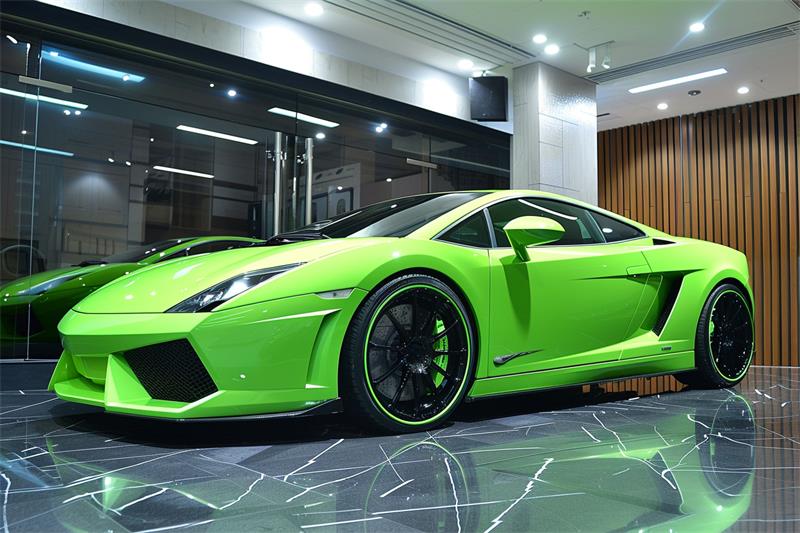Applying a PVC paper base car wrap vinyl can transform your vehicle, giving it a fresh, vibrant look while also protecting its original paint. If you’re considering a DIY approach to applying this type of vinyl wrap, this guide will walk you through the process step by step. Before diving in, ensure you have all the necessary tools and materials ready.
 Car Wrap Vinyl
Car Wrap Vinyl
Tools and Materials Needed:
- PVC paper base car wrap vinyl
- Squeegee
- Heat gun
- Utility knife
- Surface cleaner (isopropyl alcohol or another non-abrasive cleaner)
- Microfiber cloths
- Measuring tape
- Masking tape
Step 1: Preparation
Clean the Car Surface
The most crucial step before applying PVC paper base vinyl is ensuring that the car’s surface is impeccably clean. Dirt, grease, or any other contaminants can prevent the vinyl from adhering properly.
1. Wash the Car: Use a mild soap solution to wash your car thoroughly. Rinse and dry it with microfiber cloths.
2. Surface Cleaning: Wipe the areas to be wrapped with isopropyl alcohol, removing any residual grease, wax, or dirt. Use a microfiber cloth for this step.
Measure and Cut the PVC Paper Base Vinyl
Measure the dimensions of the areas you plan to wrap. Add an extra 4-6 inches to each side of the measured areas to ensure enough material for adjustments and trimming.
1. Measure: Use the measuring tape to accurately measure your car panels.
2. Cut: Lay the PVC paper base vinyl on a flat surface and cut according to your measurements. It’s better to cut slightly larger than needed; you can always trim the excess.
Step 2: Applying the Vinyl
Position the Vinyl
Using masking tape, position the PVC paper base vinyl on the panel to secure it temporarily. This step helps you visualize the wrap placement and make any adjustments before the adhesive backing is exposed.
1. Align and Tape: Align the vinyl on the panel, ensuring even coverage. Temporarily secure using masking tape.
Remove the Backing Paper
Once the vinyl is positioned correctly, carefully peel off the backing paper from one end. Only peel a small section of the backing to begin with, keeping the rest of the vinyl stable.
1. Peel and Smooth: Begin peeling the backing paper and smooth the adhesive side onto the car surface with a squeegee. Do this gradually to prevent air bubbles.
Use Heat Gun for Stretching and Molding
The PVC paper base vinyl becomes more pliable when heat is applied, allowing it to stretch and conform to the car’s curves and contours.
1. Apply Heat: Set the heat gun to a low heat setting. Carefully warm the vinyl as you apply it, keeping the gun moving to avoid overheating any spot.
2. Stretch and Smooth: As the vinyl heats up, gently stretch and smooth it over the surface with your hands and squeegee, especially around edges and curves.
Step 3: Finishing Touches
Trim the Excess Vinyl
Once the vinyl is applied, use a utility knife to carefully trim away the excess material. This step ensures a clean, professional finish.
1. Trim Edges: Using the knife, trim close to the edges, following the vehicle's contours.
2. Tuck Edges: Tuck the trimmed edges under the seals and edges of the panels to prevent peeling.
Post-Application Heating
After the PVC paper base vinyl is applied and trimmed, perform a final heat treatment to enhance its adhesion.
1. Heat Again: Gently heat the entire wrapped surface to ensure strong adhesion. This also helps eliminate any remaining air bubbles.
2. Press and Smooth: Use the squeegee to smooth out the vinyl, working from the center toward the edges.
Step 4: Maintenance
Proper maintenance is key to the longevity of the PVC paper base car wrap vinyl. Here are some tips to keep it looking new:
1. Regular Cleaning: Clean the wrapped car regularly with water and mild soap. Avoid abrasive cleaners and brushes.
2. Avoid Waxing: Most PVC paper base vinyl wraps do not require waxing. Always follow the manufacturer’s recommendations.
3. Repair Minor Damages: Address any minor tears or abrasions promptly to prevent further damage.
Applying PVC paper base car wrap vinyl can be a rewarding DIY project, offering a cost-effective way to change your vehicle’s appearance and protect its original paint. By carefully following these steps, you can achieve a professional finish. Remember, practice and patience are vital. Don't rush, and take the time to get each step right for the best results. With these guidelines, you're well on your way to transforming your car with a stunning PVC paper base vinyl wrap.
